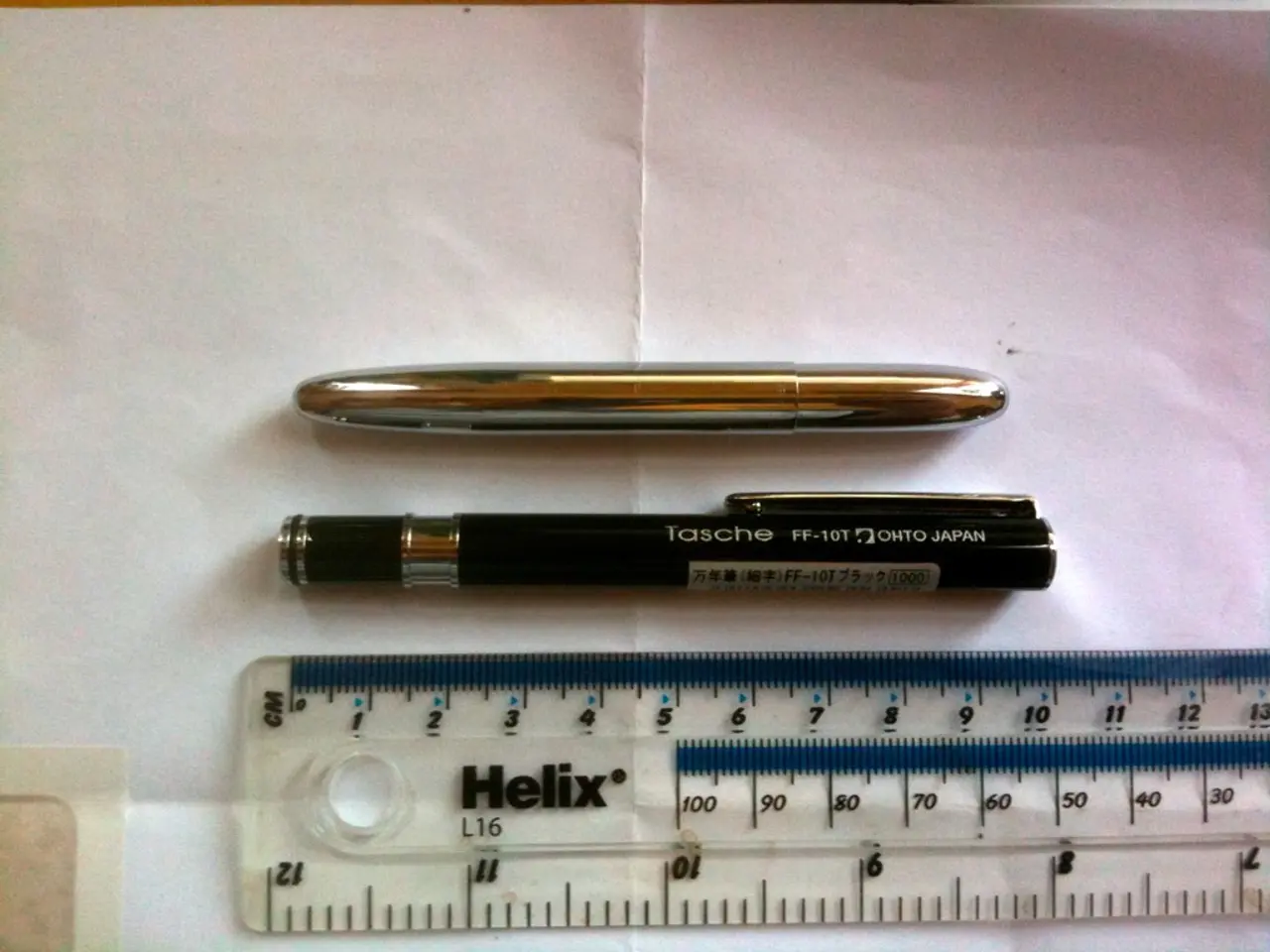Leipzig Scientists Unveil Brain Energy Metabolism Secrets in Stroke
Scientists at the University of Leipzig's Carl-Ludwig Institute for Physiology have made significant strides in understanding brain energy metabolism during diseases. Led by Prof. Hartmut Schmidt, the team's research, published in PNAS, sheds light on how depolarization waves affect nerve cells' energy reserves, particularly during acute ischemia like strokes.
The study combined expertise in modern microscopy, special mouse model development, and research on depolarization waves. The team used a mouse line with fluorescent sensor proteins in nerve cells to observe ATP content changes during depolarization waves. They found that these waves, associated with progressive tissue damage in strokes, cause a short-term decrease in ATP content even in healthy tissue.
Under energy deficiency conditions, like those in a stroke, depolarization waves accelerate ATP decrease, depleting nerve cells' energy reserves. However, the team discovered that nerve cells can replenish their ATP reserves if supplied with glucose and oxygen again after depolarization waves. Future projects involve using model organisms like fruit flies to simulate human brain disorders, malignant tumors, and obesity-related diseases by introducing disease-causing mutations, in collaboration with human geneticists, pathologists, and clinical research centers at the University Hospital.
The research provides valuable insights into energy metabolism during acute ischemia, which can inform the development of new treatments for stroke and other brain disorders. The team's use of model organisms and collaboration with various medical professionals highlights the interdisciplinary approach to understanding and combating these conditions.







